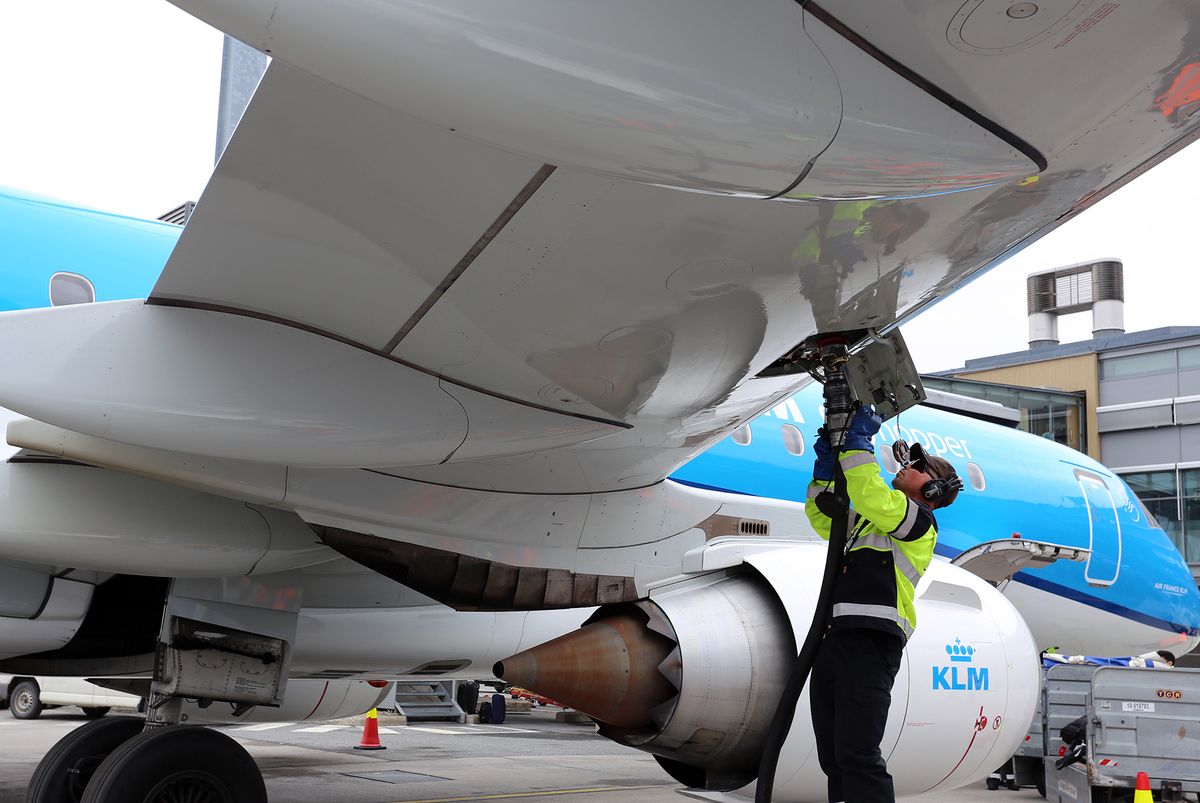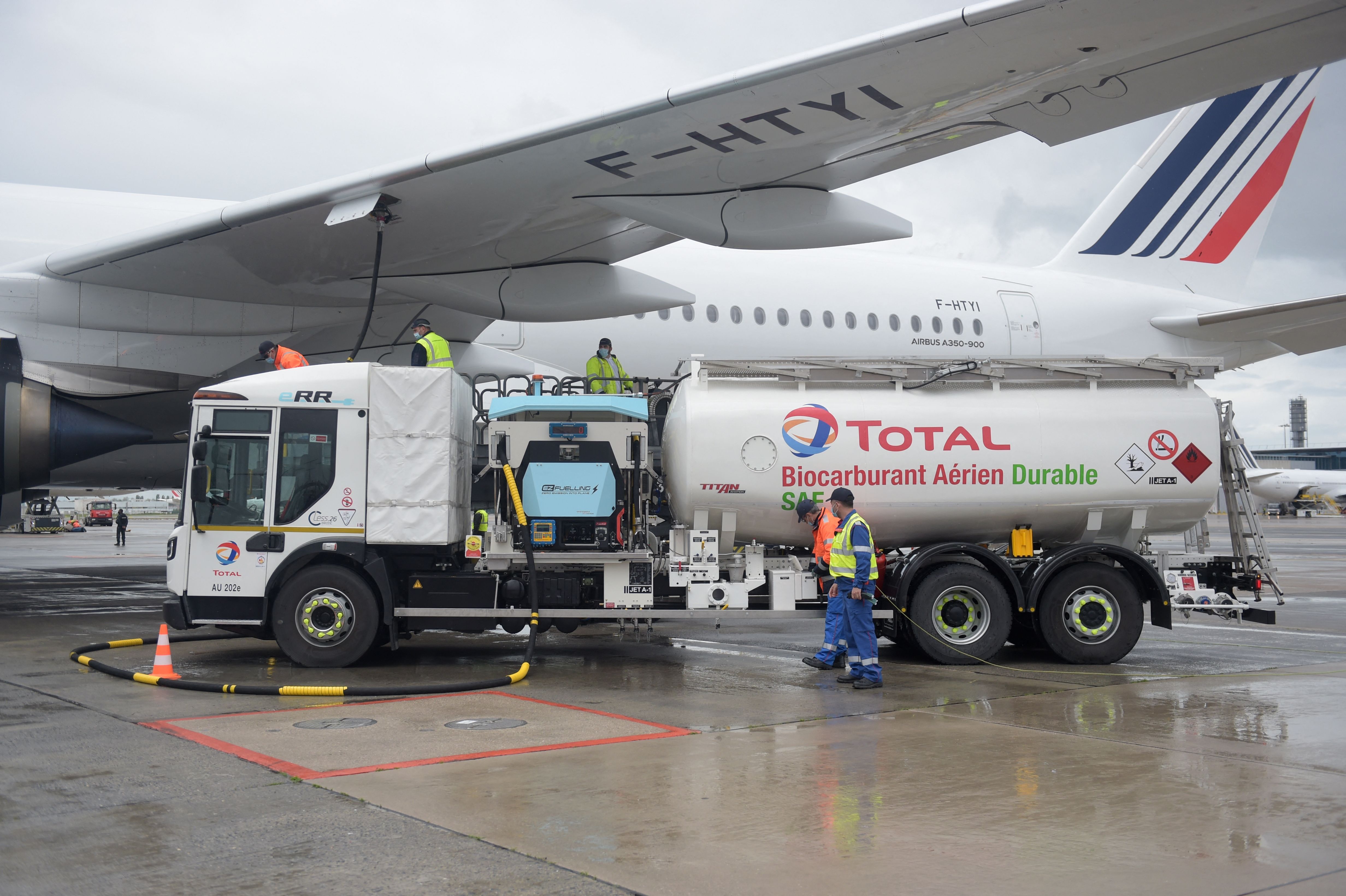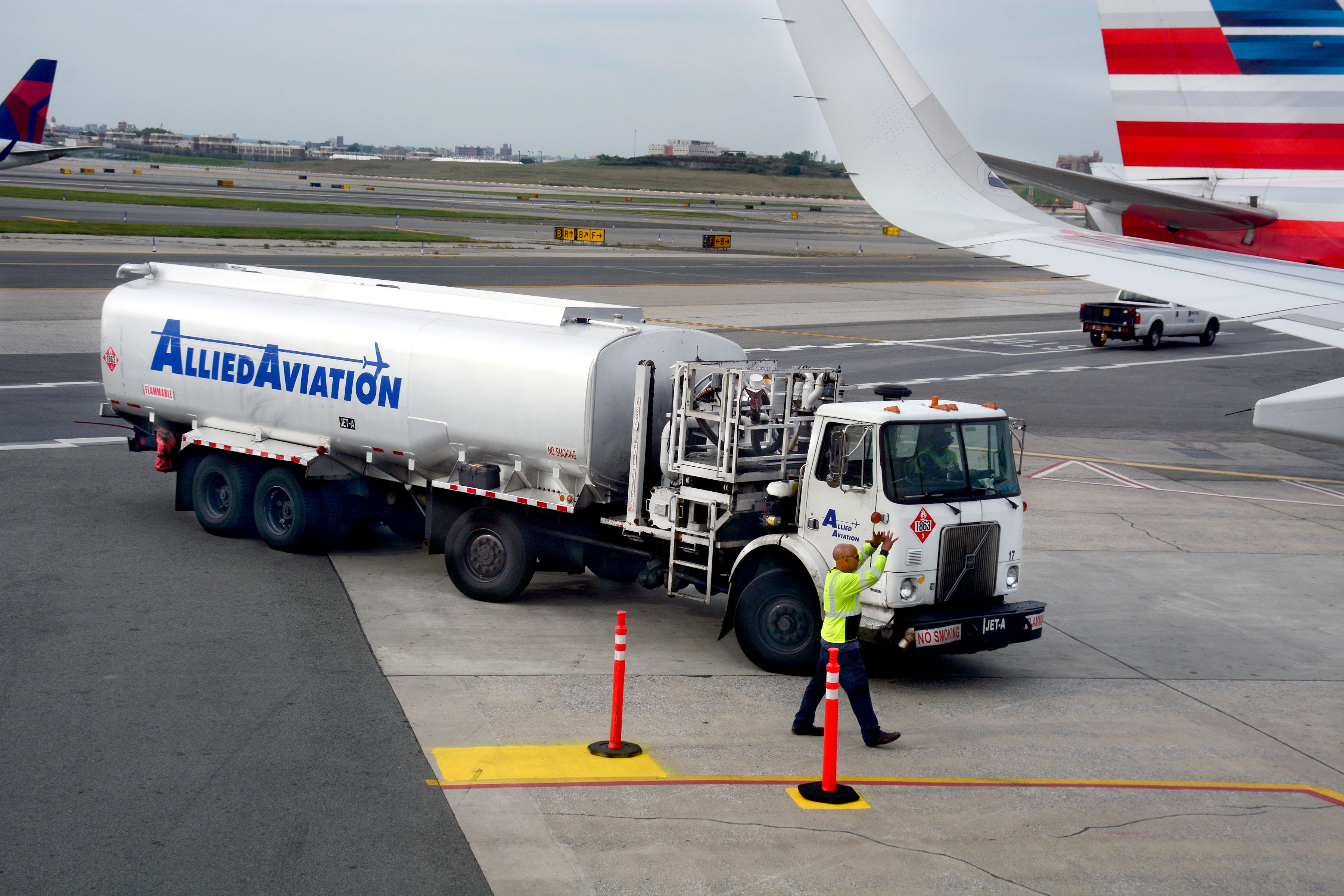Unless we are specifically interested in the mechanics of aviation, most of us take for granted the fact that airplanes just fly when we get on them (if we are lucky enough not to belong to the over one-third of the population with a fear of flying). The average traveler hardly stops to consider the technicalities involved in achieving flight. Meanwhile, one of the key factors in getting a plane from point A to point B is the amount of fuel that it needs to get there.
With sustainability and climate change looming large on the agenda, CO2 emissions and the fossil-based fuels that cause them have gained more time in the spotlight. Rising fuel prices are also in the news as a result of the war in Ukraine. As such, we thought it would be a good time to look into exactly how much fuel an airliner needs to fulfill some of its most common missions.
Staggering numbers
When you start to examine the numbers, they start to get pretty big, pretty quick. A jet aircraft uses a phenomenal amount of fuel. While several more fuel-efficient aircraft are traversing the skies today, a Boeing 747 quadjet burns up to one gallon of fuel every second. Every. Second. That means that during a five-hour flight, a Boeing 747 will burn 18,000 gallons of fuel. No wonder passenger airlines have waved goodbye to the Queen of the Skies in favor of twinjet widebodies.
Compare that to the average motor vehicle. The average level of consumption for a new car is approximately 35 miles to the gallon, which means that in order to burn 18,000 gallons of fuel, a car would have to travel more than half a million miles.
Meanwhile, generally considered to be one of the most fuel-efficient widebodies on the market, the Airbus A350 and its Rolls-Royce Trent XWB engines consume around 32 lb per nautical mile. This equals approximately 14,000 gallons of fuel for a flight between New York Newark (EWR) and London Heathrow (LHR) of just over 3,000 NM.
Significantly more efficient than a quadjet, but still a mindboggling amount. Particularly as one considers that there are currently 57 return flights between London and New York on any given Monday.
Stay informed: Sign up for our daily and weekly aviation news digests.
Not entirely uneconomical
But the comparison is not as simple as it might seem initially. Every airliner carries considerably more people than the average car; in the case of the Boeing 747, it’s 568 in total. But even if the flight isn’t fully occupied, and only around 500 seats are sold, it becomes clear that air travel isn’t as uneconomical as it first appears.
When this is taken into consideration, a Boeing 747 is, in fact, burning only 0.01 gallons per person onboard for every mile that it travels. This means that the aircraft is achieving 100 miles to the gallon for every passenger. That means the jetliner is ultimately nearly twice as fuel-efficient as a car carrying one person.
Of course, the figures change as more people travel in a car, which is why carpooling and other ecologically friendly forms of commuting are often advocated. Meanwhile, aviation is responsible for only 12% of all CO2 emissions from the transport sector, compared to 74% from road transport.
Fueling guidelines
When it comes to fueling aircraft, there are strict guidelines in place because of the vast amounts involved. Airlines have to comply with regulatory procedures, which are broadly similar across the world. But under FAA and EASA regulations, the Captain of an aircraft is responsible for ensuring that it has enough fuel before taking off.
This fuel store encompasses:
- Trip fuel
- Diversion fuel
- Reserve fuel
- Contingency fuel
- Taxi fuel
- Additional fuel
There are strict stipulations in place for each of these; for example, contingency fuel is required to be at least 5% on top of the total fuel needed for the trip. Most aircraft have vast reserves for storing fuel, with the A350 capable of carrying over 37,000 gallons.
Soaring costs causing increase in ticket prices
Fuel costs for carriers can be pretty staggering - especially when taking into consideration that global jet fuel prices have gone up 123.2% compared to a year ago. If we stick to the previous example of the transatlantic crossing, one flight from London to New York, if operated by an Airbus A350 XWB, would cost over $55,000 in fuel. No wonder airlines have had to resort to raising ticket costs to cope with the additional expenses.
Unfortunately, sustainable aviation fuel (SAF) still accounts for only 0.1% of all jet fuel usage globally. And while significant investments are being made to increase that, it will still be a long way to go before we start seeing it deployed in amounts that will have an impact on overall emissions and other numbers.


.JPG)
.JPG)

